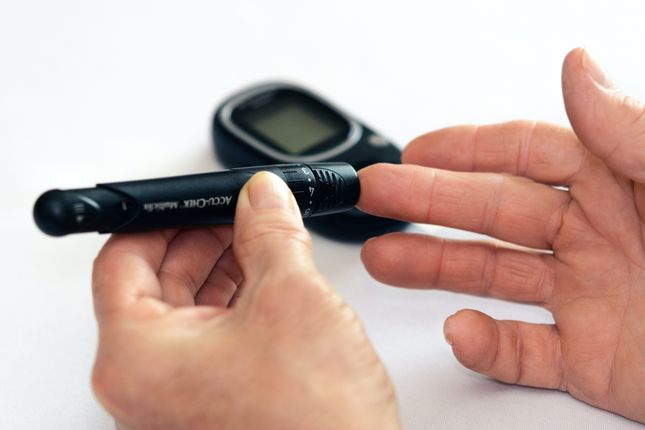At the moment, the personal health monitoring device market is booming both in Australia and around the world. Rapid improvements in technology, increasing life expectancies, and ballooning public healthcare costs, plus hospital waiting times are the prime drivers.
How personal health monitoring devices can help you
Continuous health monitoring devices can help you to stay healthy by identifying any potential issues so you can take corrective action as quickly as possible. They empower you with the knowledge to make better decisions about your health.
For example, by monitoring your:
-
heart rate,
-
blood pressure/stress level,
-
daily activity level so you can ensure you are following the recommended exercise guidelines for your age group,
-
sleep habits.
Personal health monitoring devices can also help medical professionals work with you to make sure you stay fit and healthy. For example:
- remote patient monitoring devices can report and analyse conditions outside of a hospital setting if necessary
Types of personal health monitoring devices
Personal health monitoring devices can be split up into two broad categories – wearable and non-wearable. Let’s look at examples of each in turn.
What is wearable tech?
Wearable tech includes any device that you can wear. A wearable personal health monitoring device can be an accessory, embedded in your clothing, or even implanted in your body by a medical professional.
Examples of health monitor wearables include:
- fitness trackers (such as Fitbits and other smart health watches to track your activity level and related health data),
- wearable ECG (electrocardiograph) monitors to measure and track your heart rate
- wearable blood pressure monitors,
- wearable biosensors (such as adhesive patches) can be provided in clothing or even implanted in the body by medical professionals to provide them with crucial patient health data,
- fall alarm pendants that can alert your support network if you have a fall.
Non-wearable personal health monitoring devices
Non-wearable health monitoring devices include many of the more traditional devices such as thermometers and scales. Other more sophisticated non-wearable health monitoring devices include:
- non-wearable ECG monitors,
- non-wearable blood pressure monitors,
- glucometers (a device that measures the amount of glucose in your blood). This device can be useful if you suffer from diabetes,
- pulse oximeters (a device that clips onto your finger to measure your heart rate and the level of oxygen in your cells). This device can be useful if you suffer from shortness of breath.
FAQs
What are the best health monitoring devices for older Australians?
This depends on your individual needs. If you have a specific health condition, then it’s worthwhile asking your doctor for the most suitable device (or devices) for you.
If you don’t have a specific health condition and are just interested in monitoring or improving your overall health and fitness, then smart health watches are an increasingly popular and practical option.
Do you need to be tech-savvy to use personal health monitoring devices?
This depends on the device and the extent of the monitoring that you want to do, but the most basic functions of the most popular devices on the market are designed to be easy for anyone to use. If you’re unsure at first, then just ask your kids for help!
How much do personal health monitoring devices cost?
Again, this depends on the type of device you get and how sophisticated it is, but as an example, smart health watches start from about $300.
How we can help
If you’re looking to live in a place where you will have good access to health care services, why not check out our range of retirement villages and land lease communities across Australia? A huge range of options are available to suit different lifestyles and budgets.


